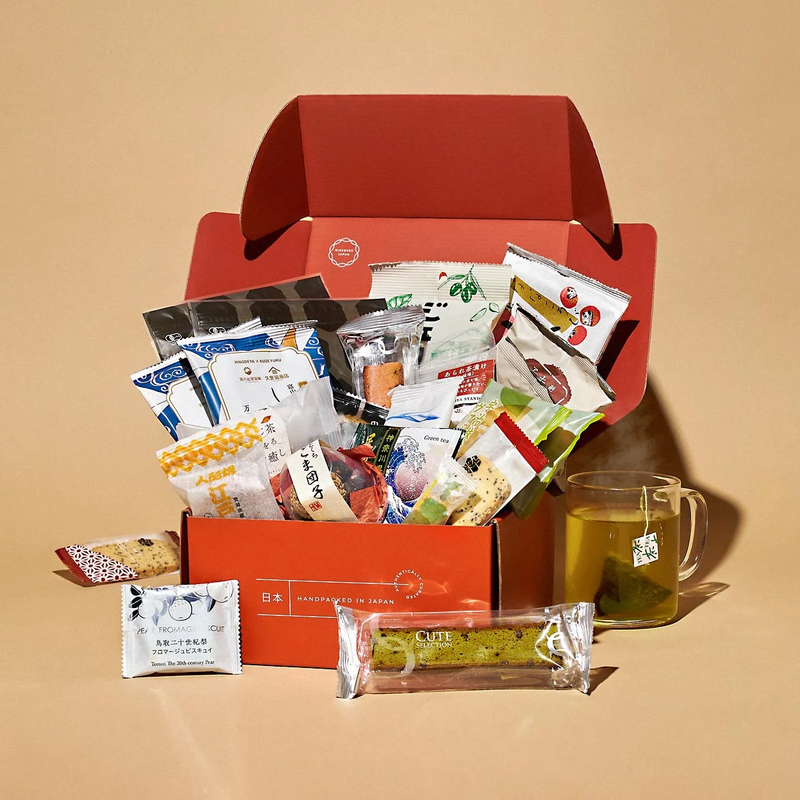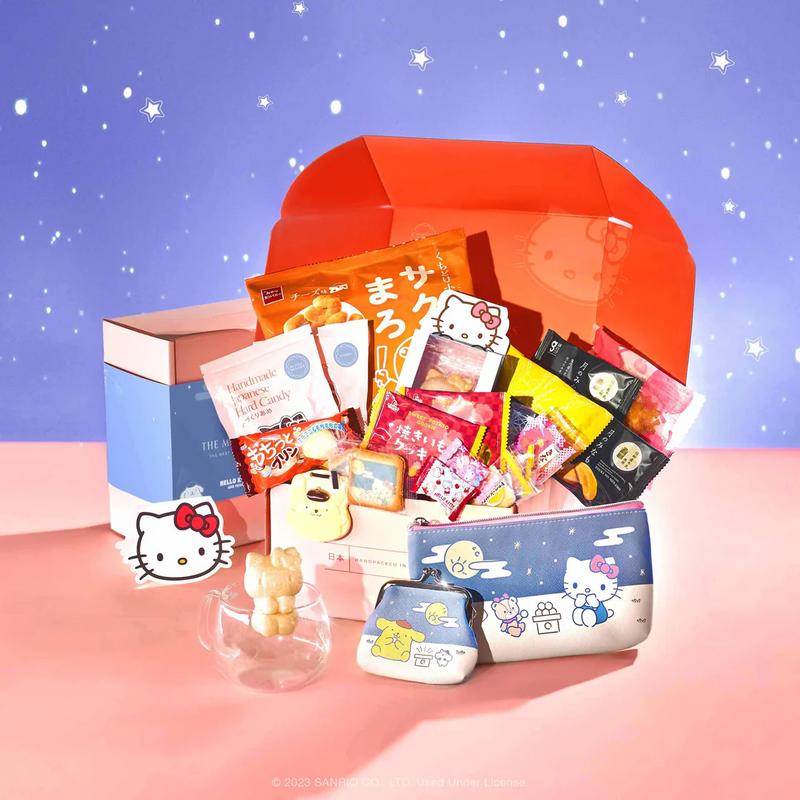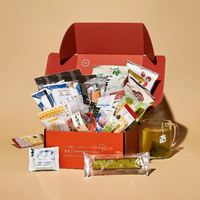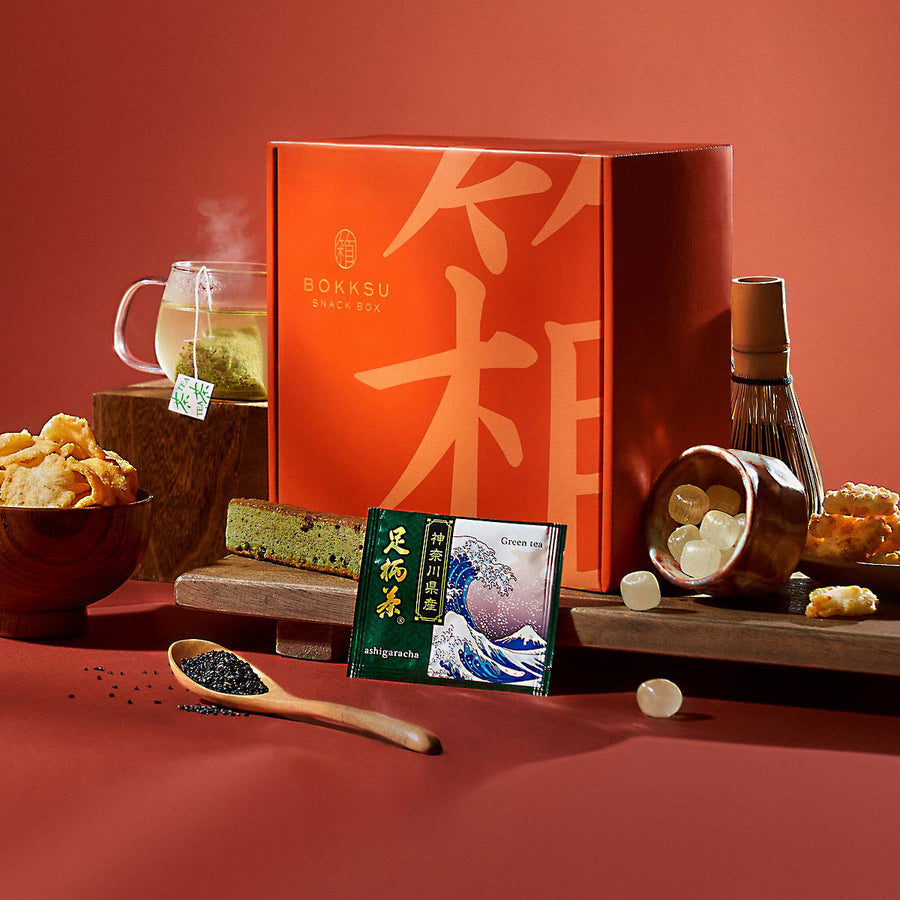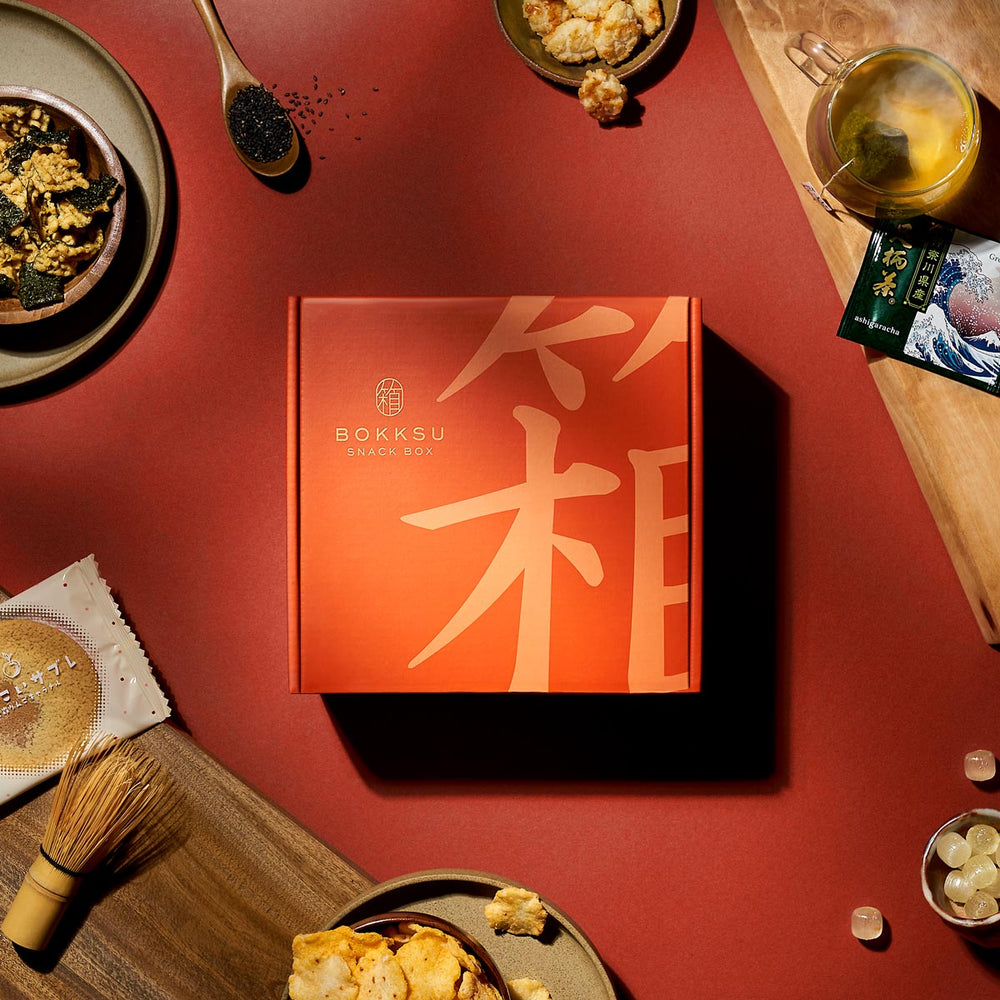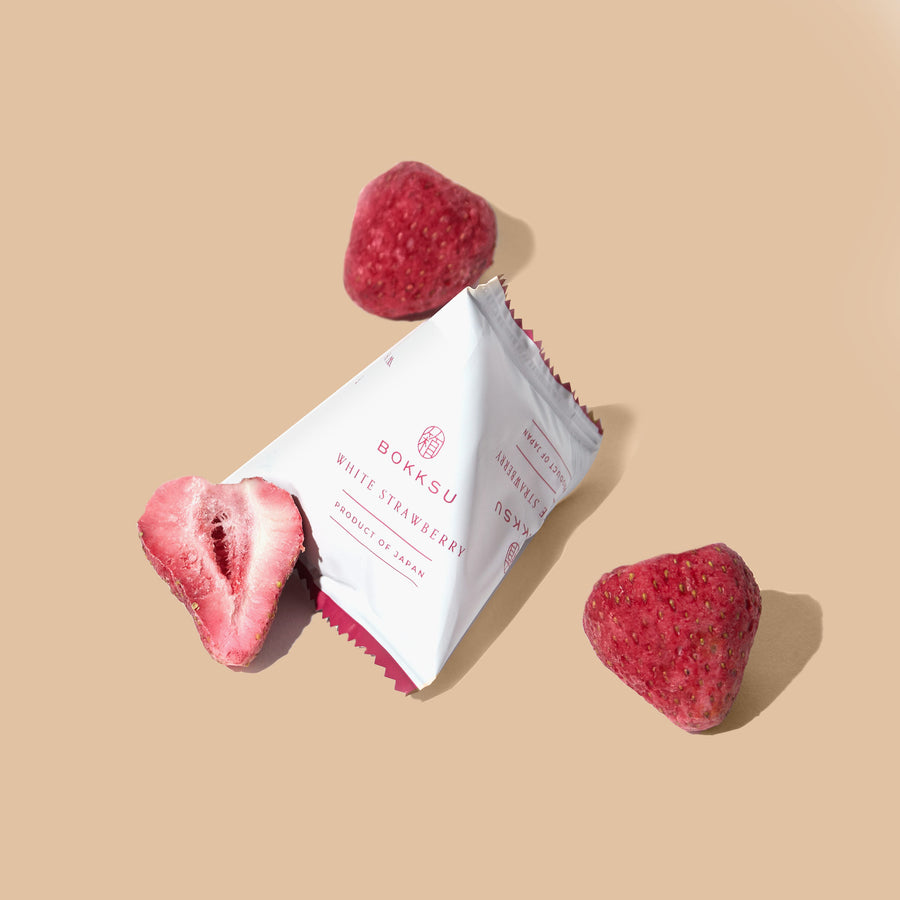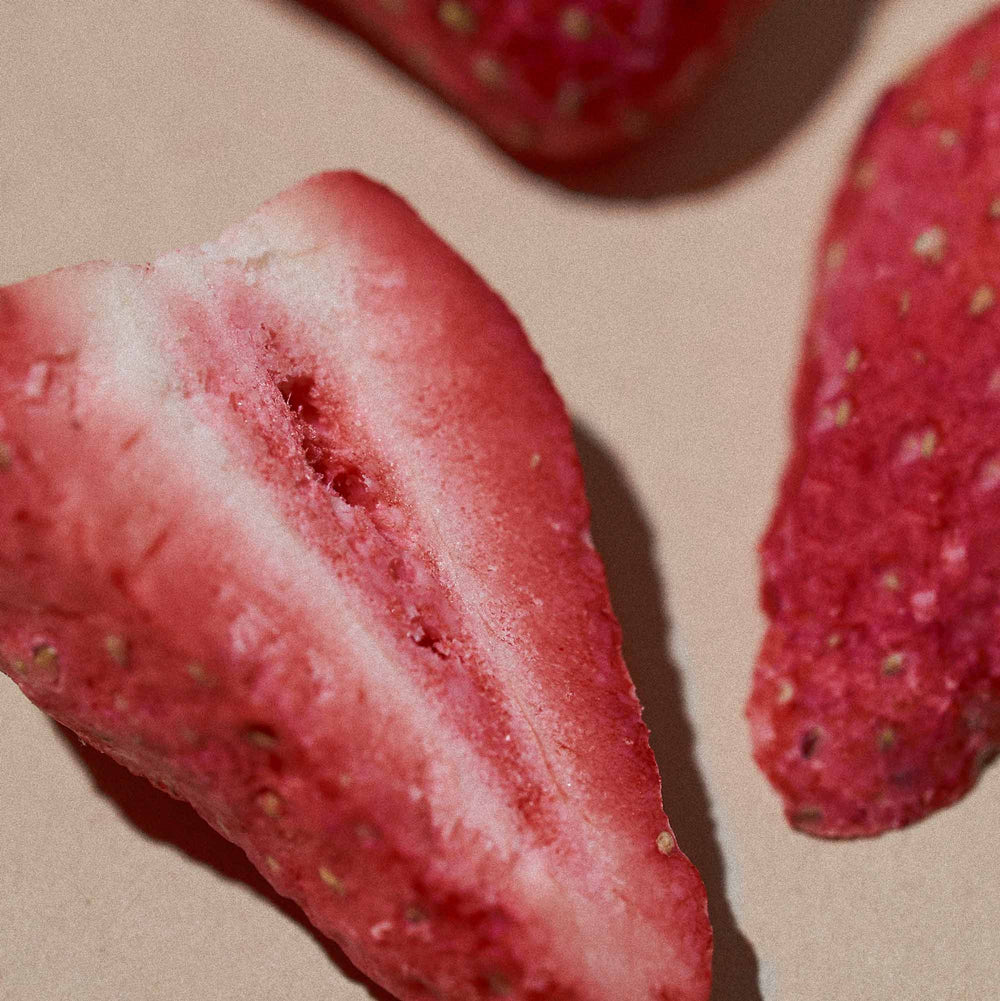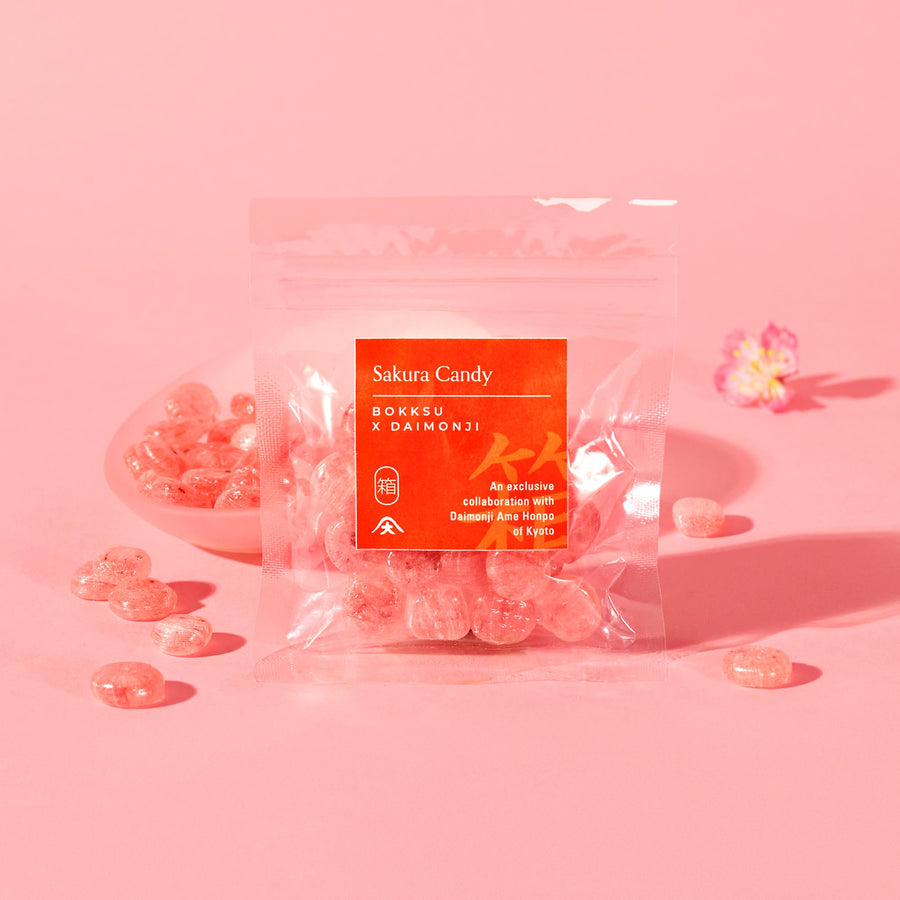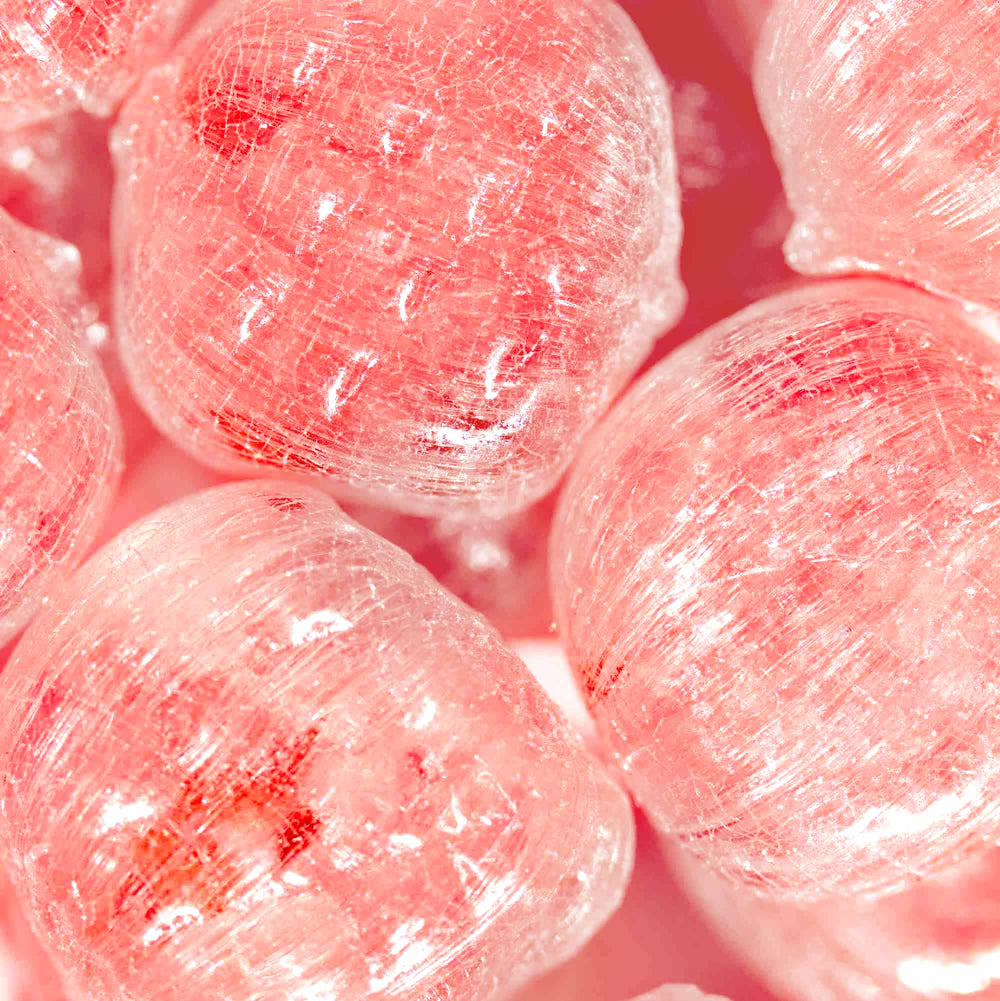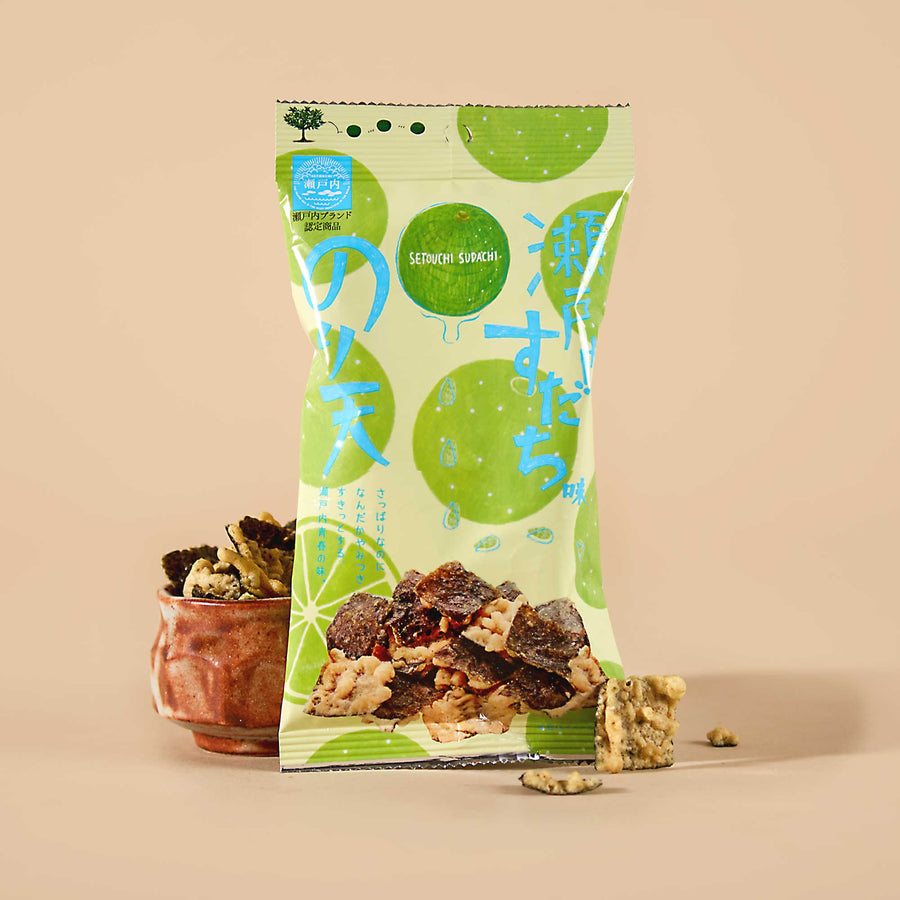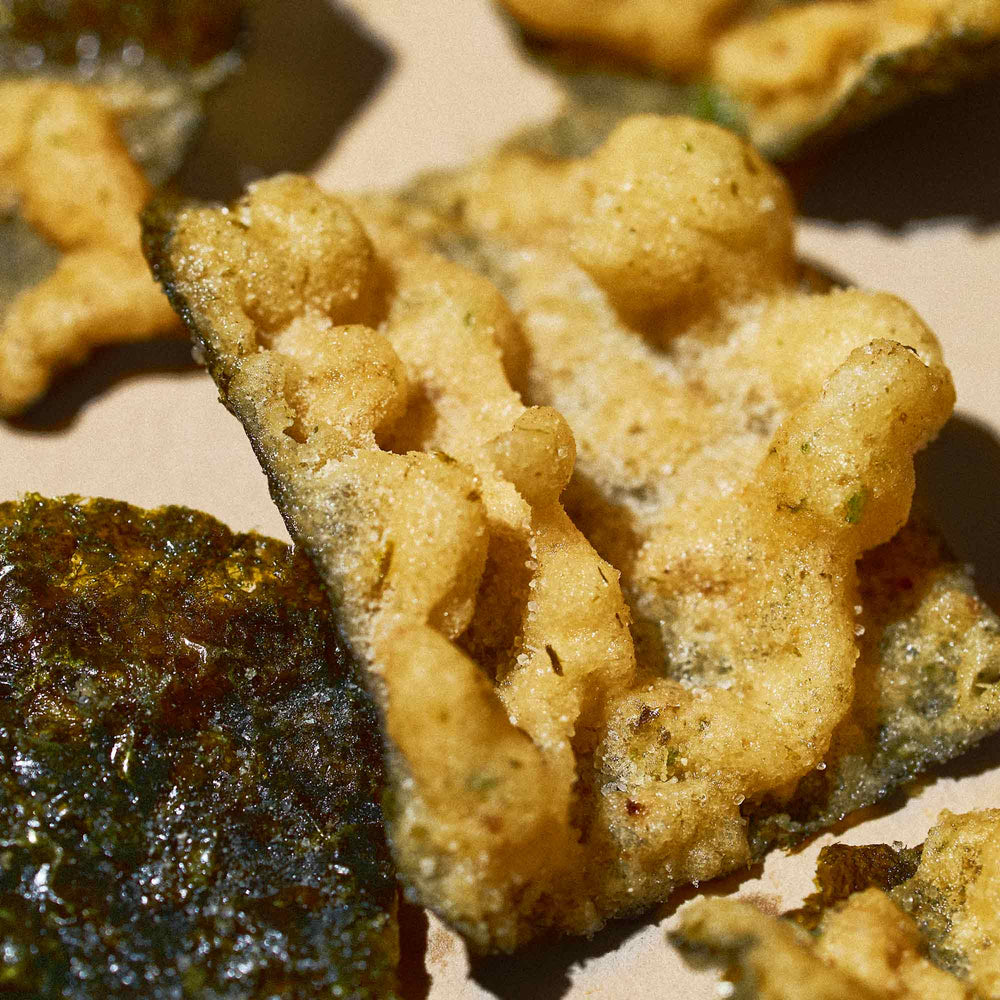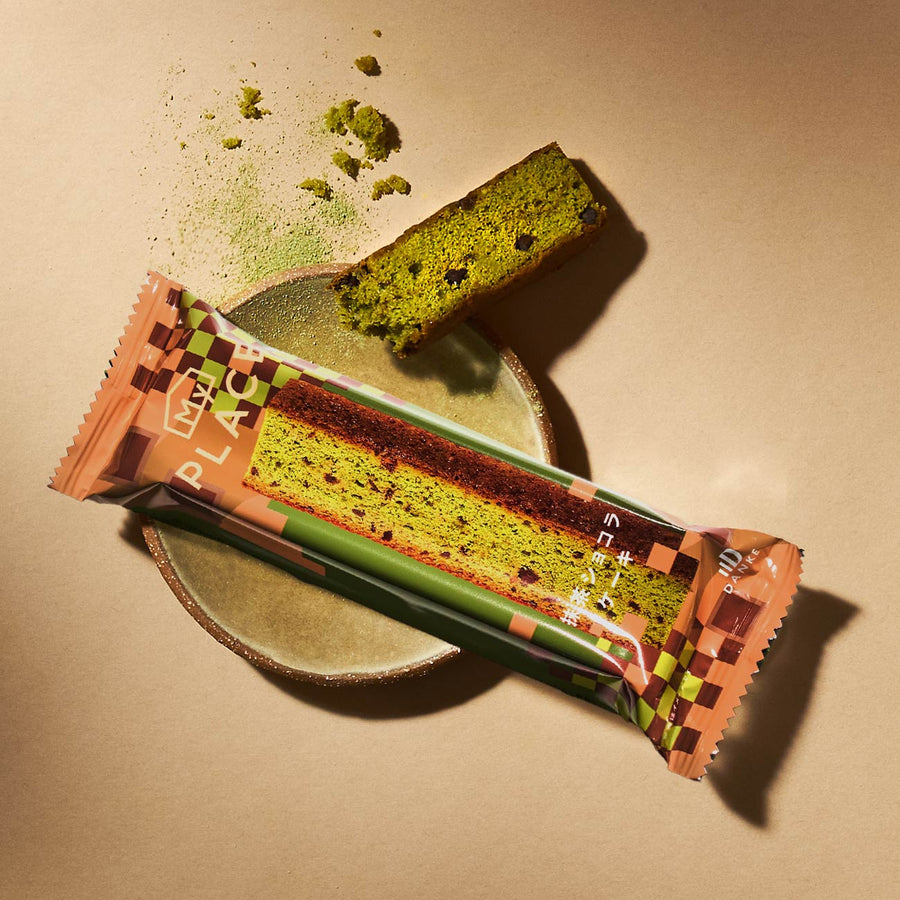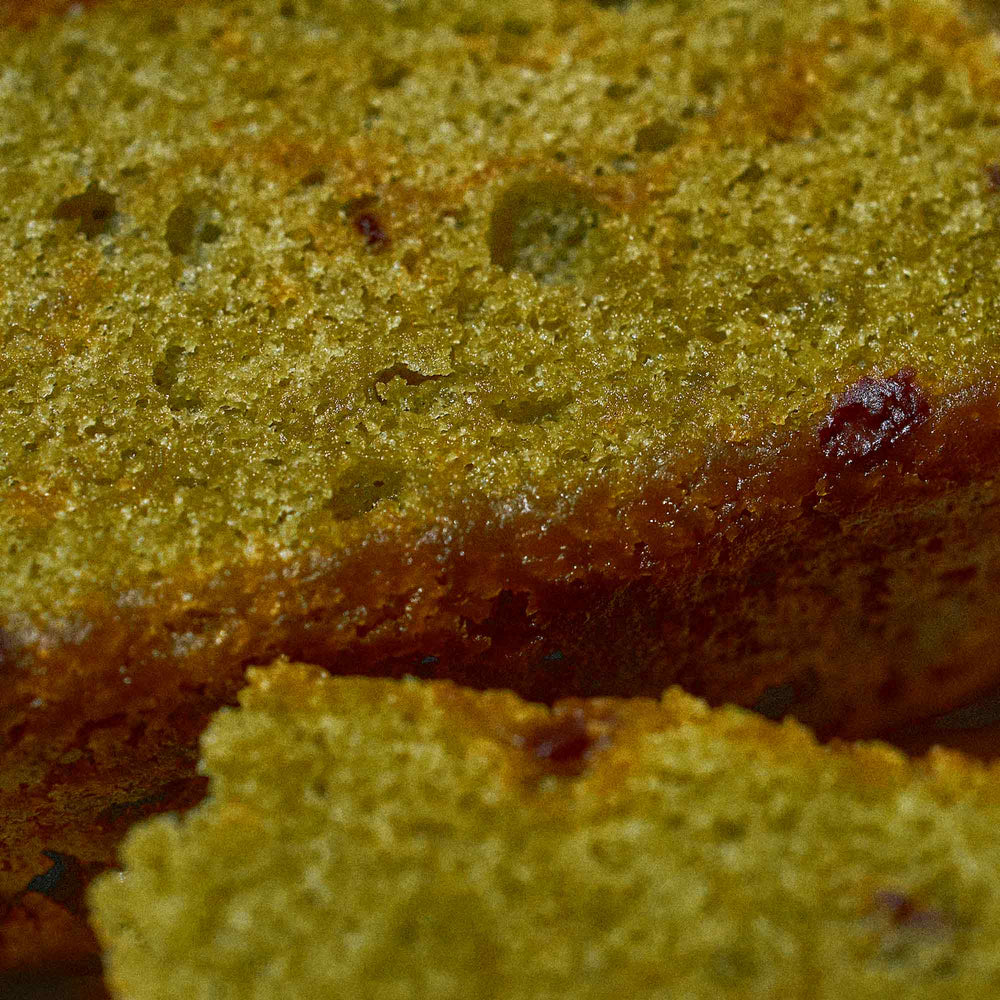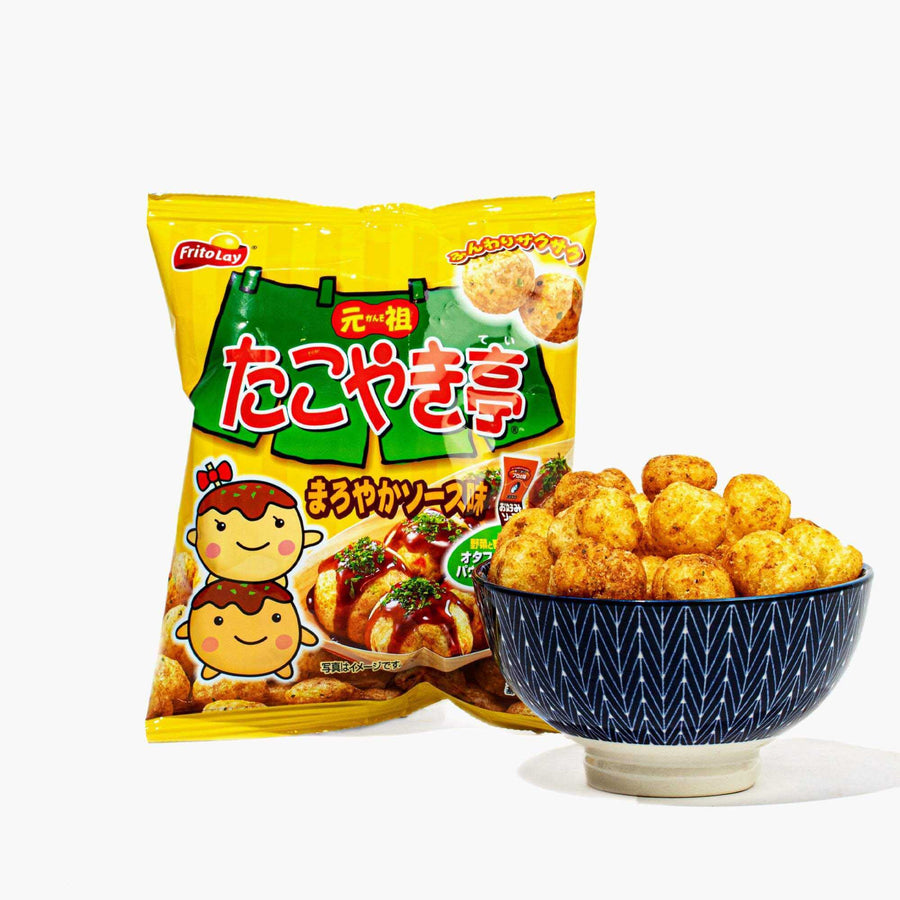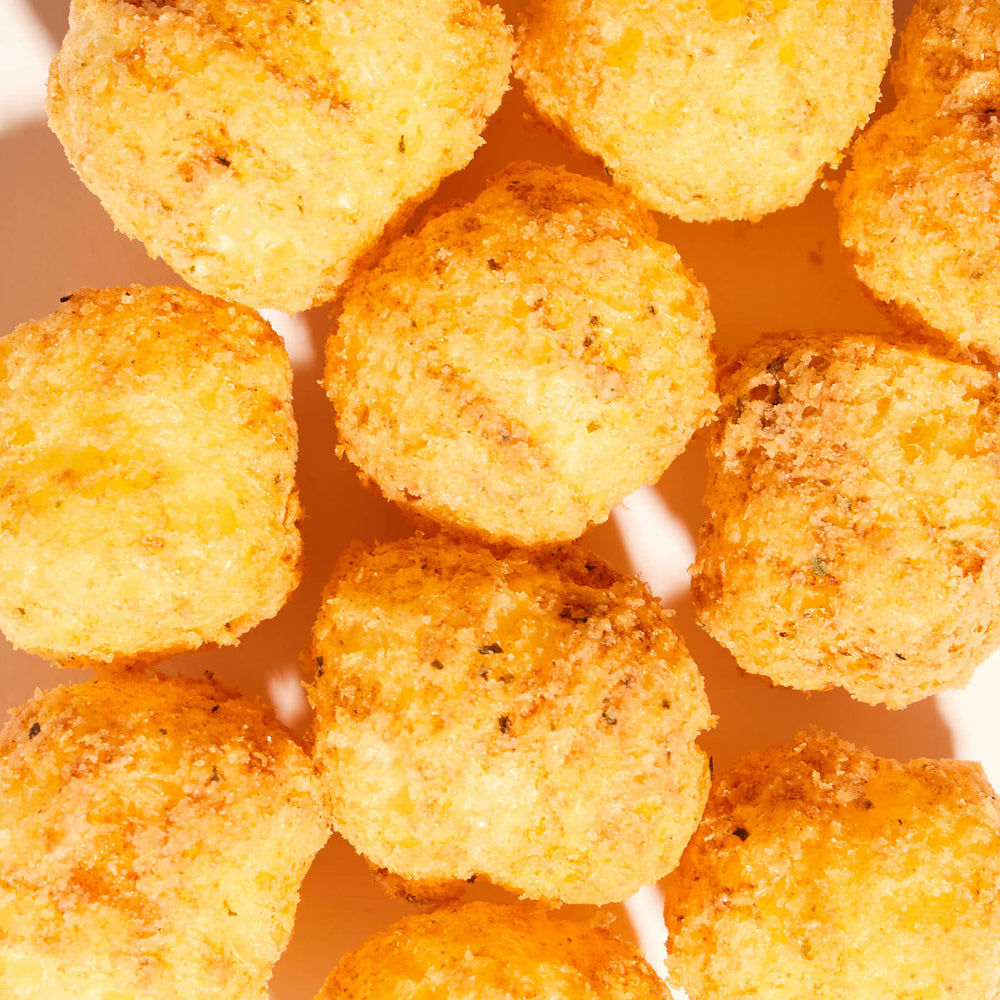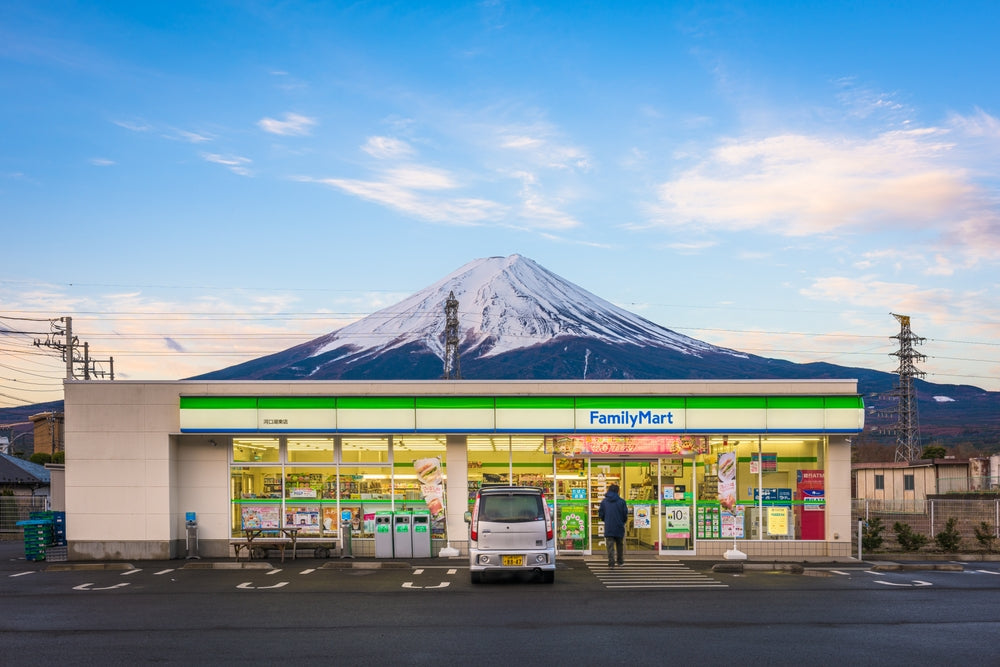What to Know About Cherry Blossom Festivals in Japan
As spring rolls around each year, the National Cherry Blossom Festival in Japan occurs, drawing in 200,000+ visitors annually. The Japanese Cherry Blossom Festival, also known as sakura matsuri, is a centuries-old celebration that includes viewing beautiful pink flowers with friends and family.
Continue reading to learn more about why this festival is significant to Japanese culture.
What Is the Cherry Blossom Festival in Japan?
Typically around late March and early April, the stunning cherry trees bloom, creating pink-covered trees throughout Japan. Peak bloom tends to last about two weeks, though the exact length of the bloom depends on the location.

When you arrive at a cherry blossom festival, you can expect the areas around the trees to be filled with friends and family members, BBQing, enjoying treats from local food vendors, and participating in activities related to the cherry blossom. Some of these activities include hanging paper lanterns and traditional performances.
Cherry Blossom Festival History
As mentioned, this festival has been occurring for hundreds of years. It's an activity that holds cultural and historical importance in Japan. It is thought that viewing the cherry blossoms in Japan originally began around 710 – 794 AD (Nara period). The sakura trees blossoming were also significant for the farmers at the time, as it alerted them to the optimal time to plant their crops.
The earliest flower-viewing celebrations were restricted to royal and imperial families and their royal courts. These celebrations typically centered around Japanese plum blossoms instead of cherry blossoms.
Eventually, these celebrations became more widespread, and the public began celebrating as well. These celebrations later became the Cherry Blossom Festival Japan that you see in modern times.
Cherry Blossom Significance
There's a reason cherry blossom viewing is so popular – the short length of time that the blooms last. These blooms signify that beauty is only fleeting and impermanent. AKA, nothing lasts forever. Because of this meaning, you'll also see blossoms from the cherry tree in artwork and in tattoos.
Key Phrases to Remember
If you plan to attend the Cherry Blossom Festival in Japan, you'll want to know the terms below. They'll help you understand the festivities more thoroughly.
Hanami
Hanami is the act of viewing the cherry blossom trees during the Cherry Blossom Festival. It can also be used to describe viewing the ume (plum blossoms). This activity is done at parks and other green spaces in Japan. While the term hanami does refer to cherry blossoms and plum blossoms, it’s usually associated with cherry blossoms.
Sakura
Sakura refers to the cherry blossom. It specifically refers to the flower which grows on the cherry tree. Did you know that the cherry blossom is the national flower of Japan?
Tsubomi
Tsubomi is the flower bud of the cherry tree. This is the flower before it has blossomed when it's still a bulbous shape.
Mankai
Mankai is a word many use to describe blooming cherry trees. Specifically, it refers to when the trees are almost fully covered in blooming flowers yet not 100% ready.
Migoro
Migoro is the optimal time to view the cherry blossom trees. When the trees are fully blooming and flush with pink flowers, then it is migoro (the “best time to see”) them.
When is the Cherry Blossom Festival?
There is no exact date on which the Cherry Blossom Festival occurs annually. It is all dependent on when the blossoms bloom. Some cherry trees bloom earlier than others, depending on the area. So, in some cases, you can view the blooms in February. For example, the Naha Sakura Festival typically occurs around the end of February.

Generally, most festivals fall within March, April, and May. If you're visiting mainland Japan, you can expect the blooms in these months. However, the blooms occur earlier in Okinawa (January and February, like the Naha Festival). Typically, the trees blossom sooner in the southern parts of Japan. So, it's common for people to travel from south to north to try to view cherry blossoms for the entire season. Popular spots to view the beautiful cherry blossoms include Mt. Fuji, Ueno Park, and Hirosaki Park.
Cherry Blossom Festival Traditions
Hanami (aka the tradition of flower viewing) centers around gathering under the cherry blossom trees. However, the traditions of this festival also include companionship, singing, performances, food, and more. It's also common for the adults to imbibe sake throughout the festival. There is typically tea available for kids and those who don't drink alcohol.
Another tradition of the Cherry Blossom Festival in Japan includes enjoying traditional food items. These items are generally made with seasonal items and can include wagashi (sweets) or cherry blossom-infused tea.
It's common for people to bring picnic items to use at the park. Many people will bring picnic blankets, cups, plates, and food. These items don't have to be sakura-themed, though they can be.
If you attend a Cherry Blossom Festival in Japan, be prepared for the venues to be packed. It's best to arrive as early as possible. Otherwise, you may not get a spot near a cherry tree.
Celebrate Cherry Blossom Season at Home With Bokksu
If you can’t make it to the Cherry Blossom Festival in Japan, you can still celebrate at home with Bokksu via the upcoming Sakura Box. This sakura box is packed with cherry blossom Japan-related items. For example, last year's box included a delightful cherry blossom jelly with a real flower in the middle. If you were wondering, "Are cherry blossoms edible?" the answer is yes! You'll also find savory cherry blossom festival-inspired snacks and a tea pairing that goes perfectly with your snacks.
Author Bio







 Bokksu Snack Box
Bokksu Snack Box


